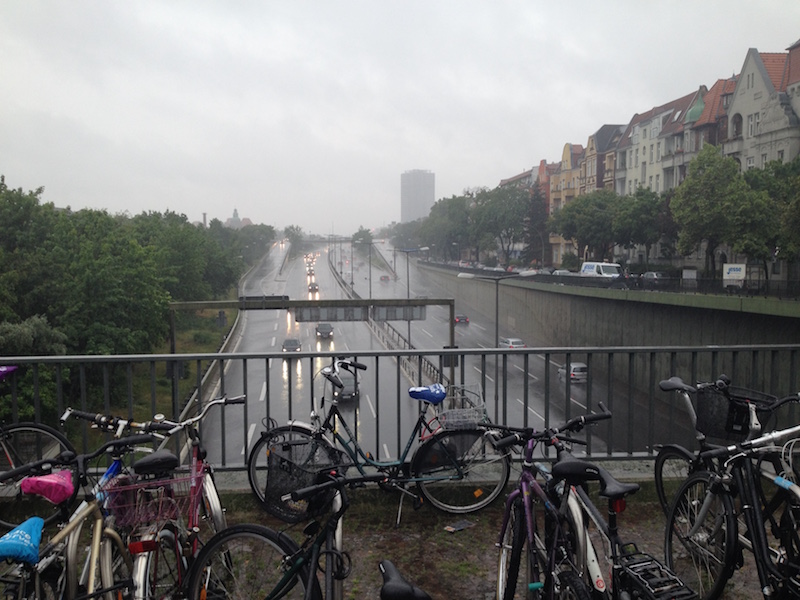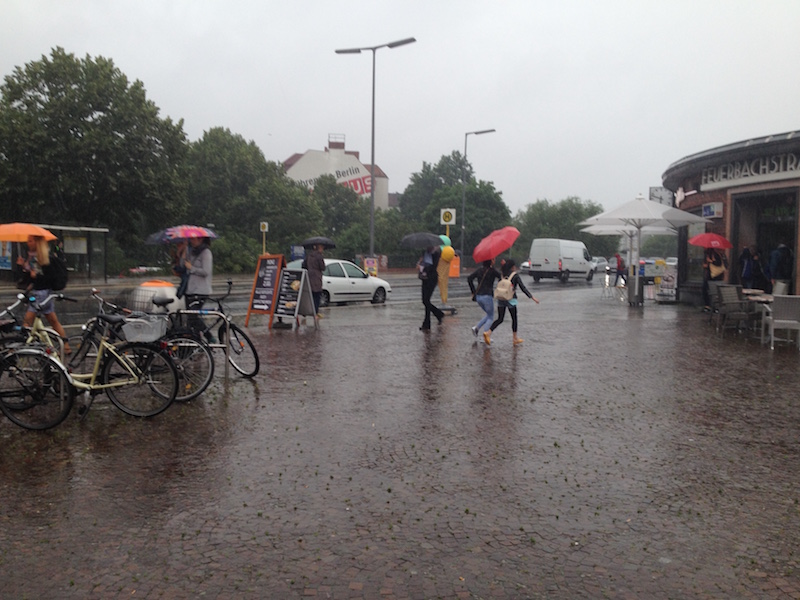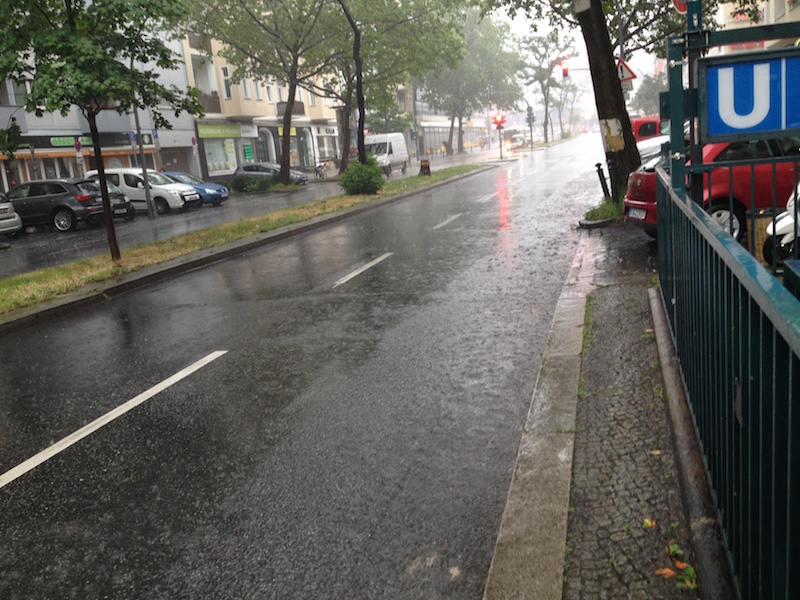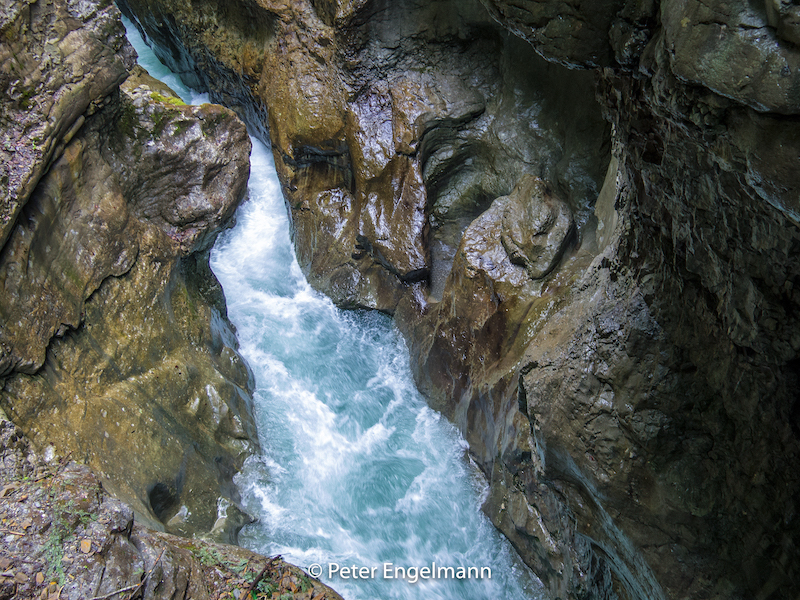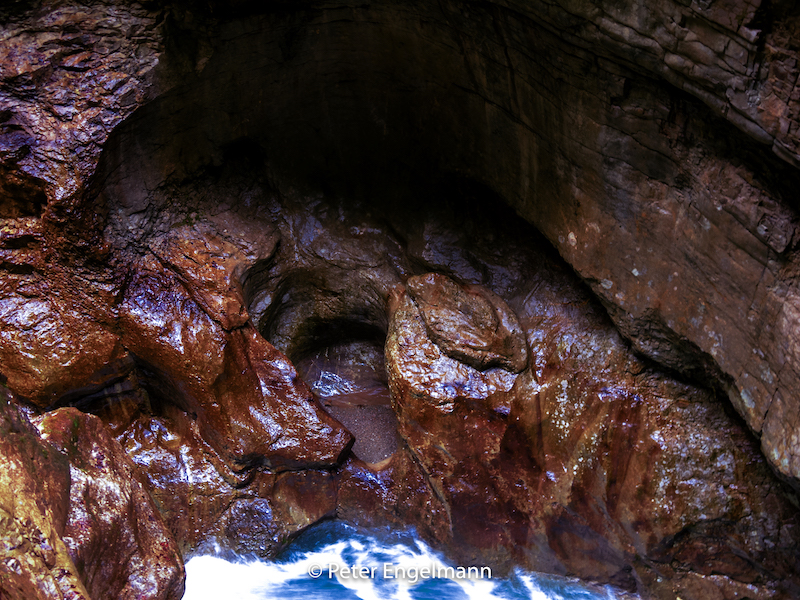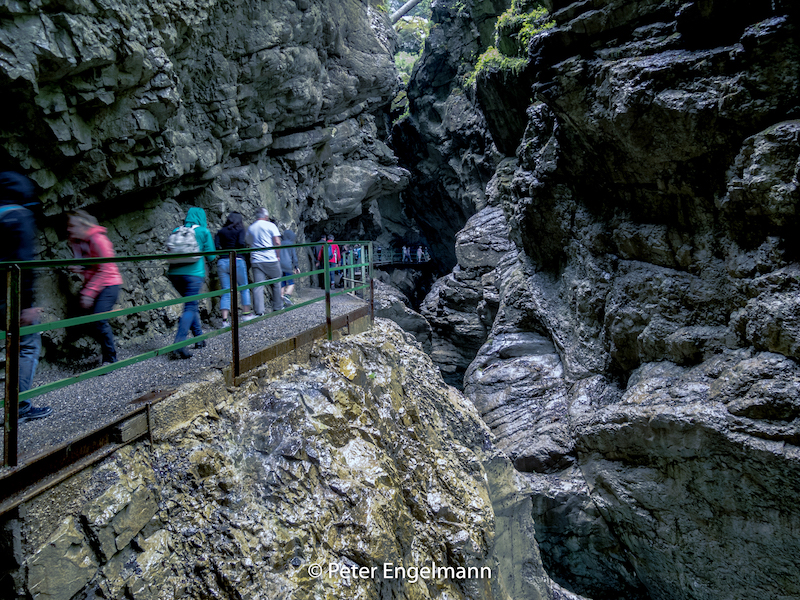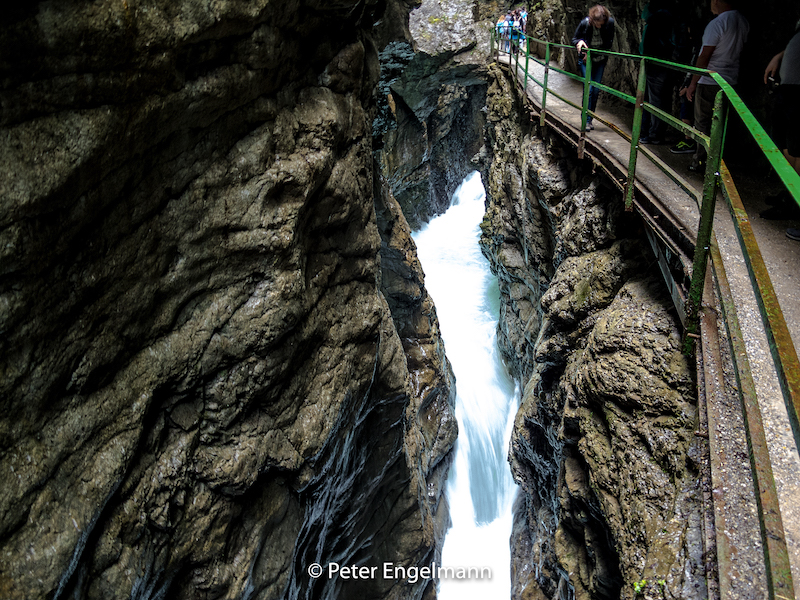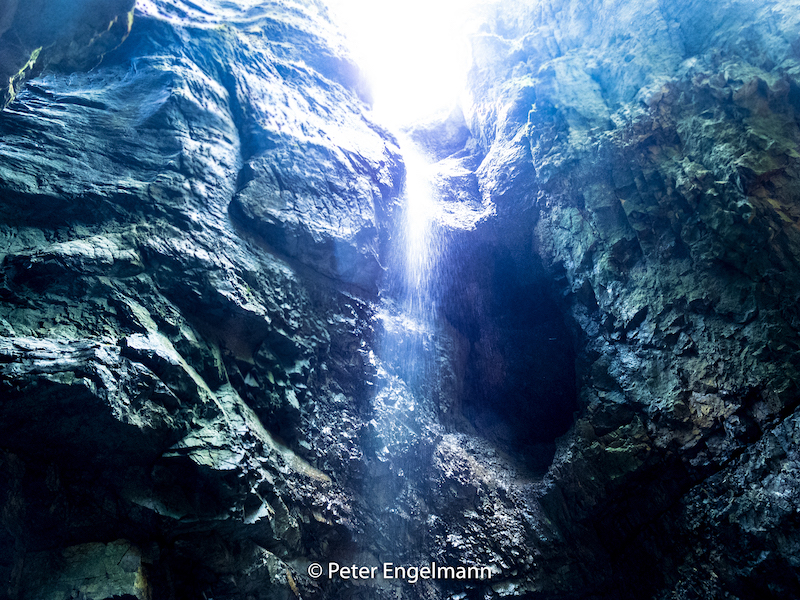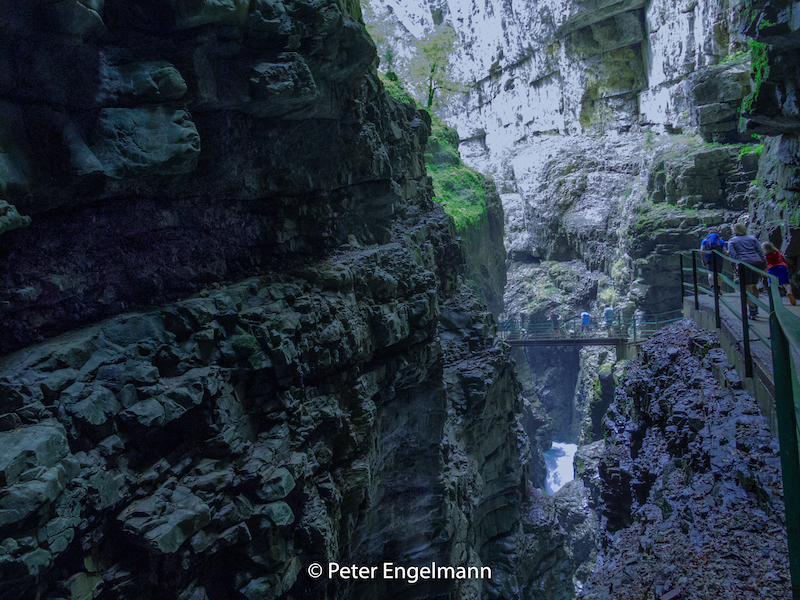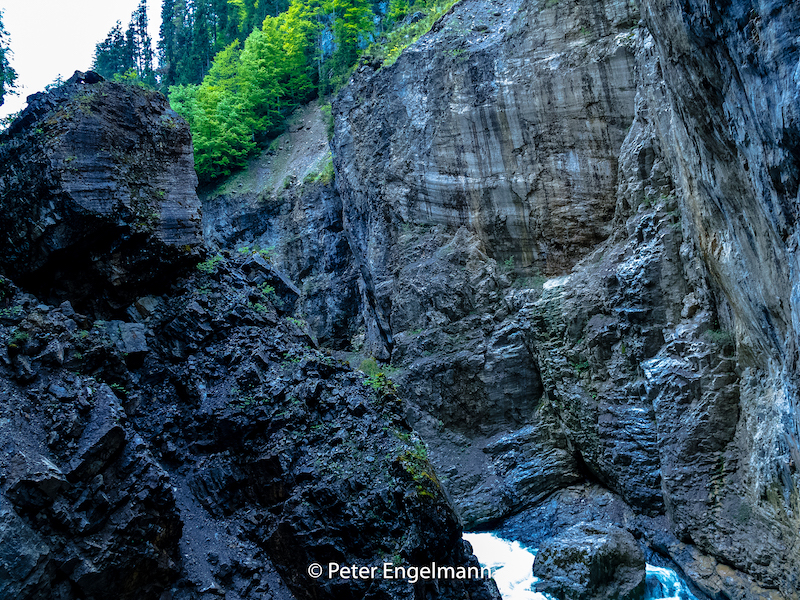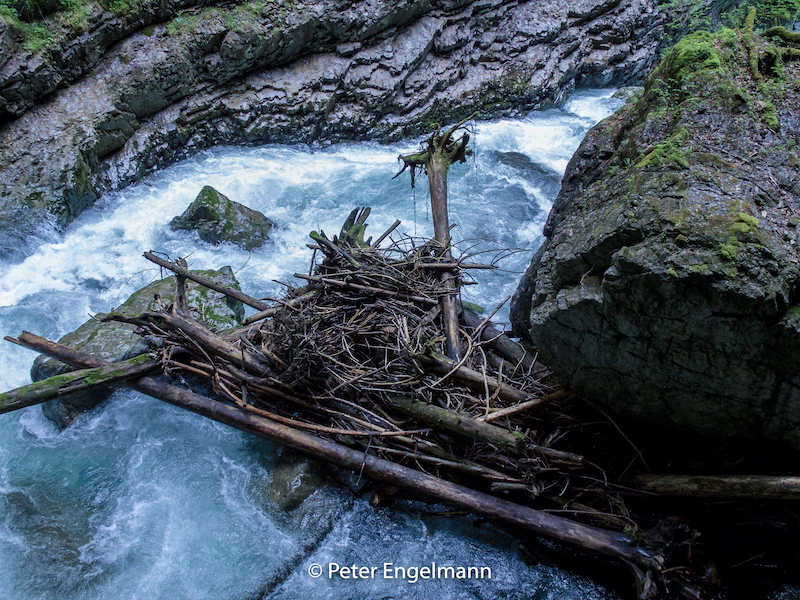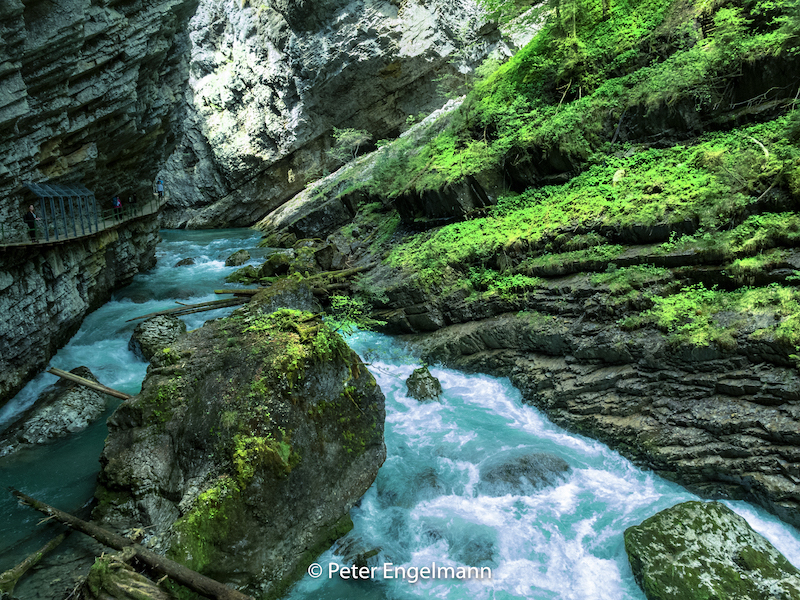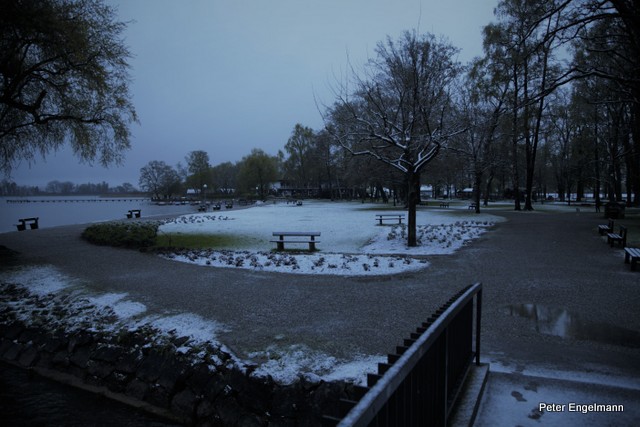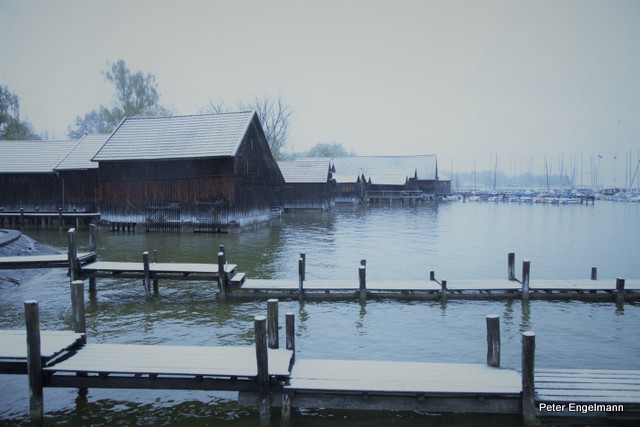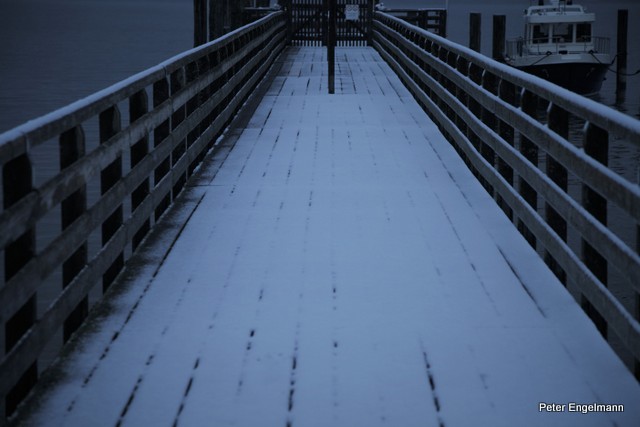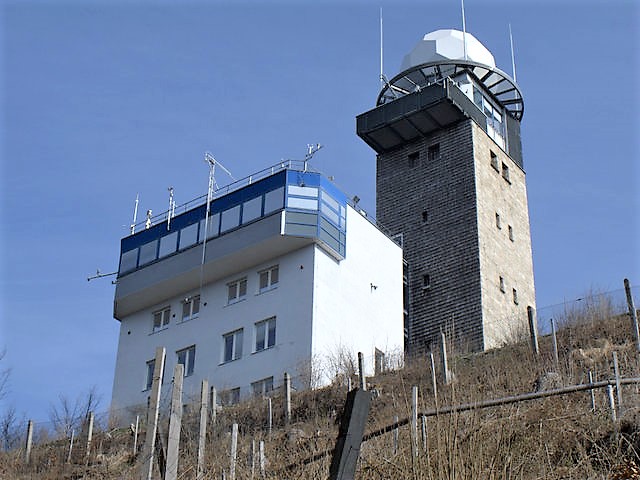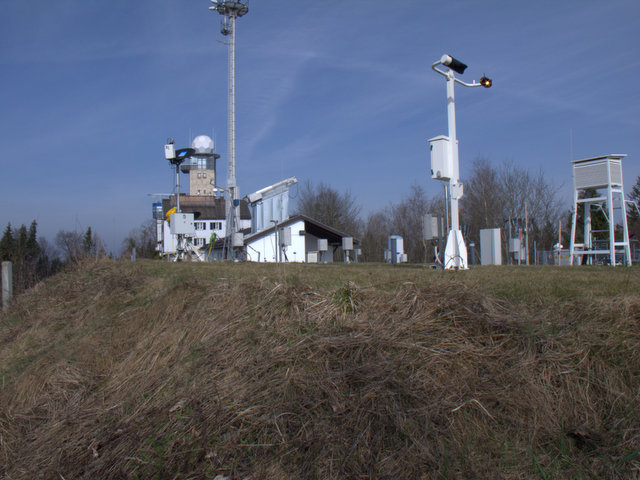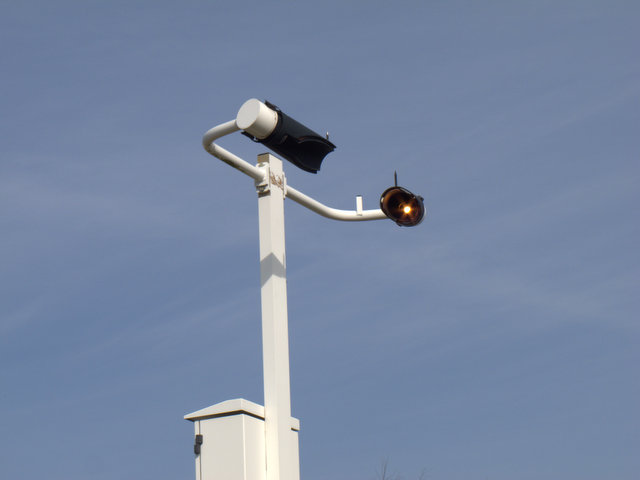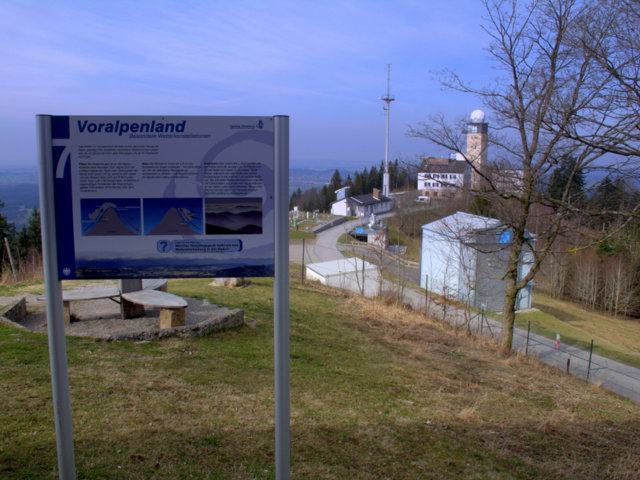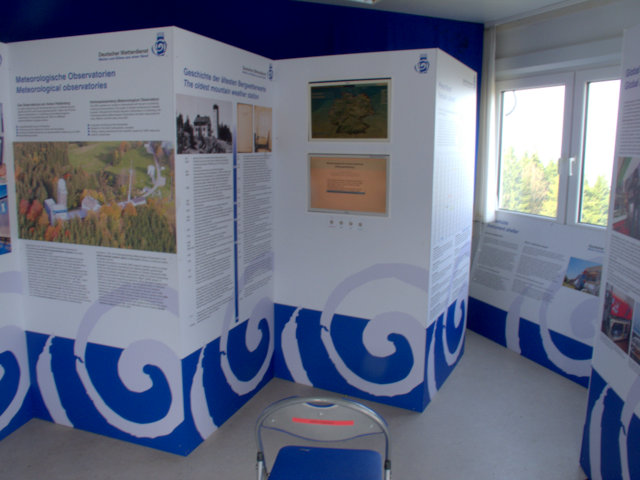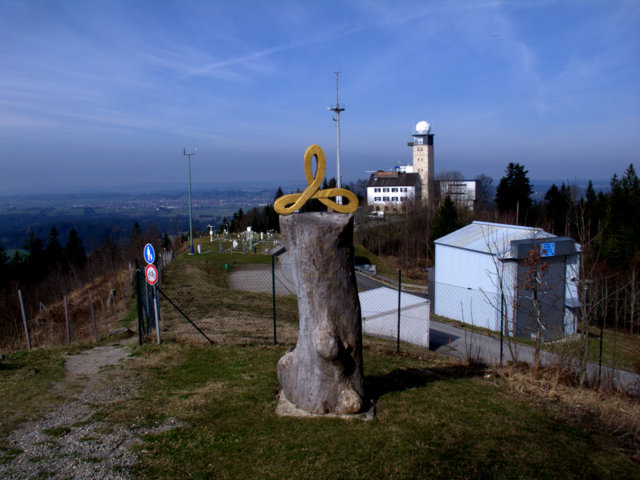June 29, 2017: State Of Exception In Berlin Due To Epic Rainfall
Berlin and North-East-Germany have an increasing problem due to climate change: it’s getting too dry. Statistically, the annual precipitation amount in Berlin is around 550mm or less. The City and Brandenburg, which is the driest province in Germany, are situated between the continental climate regions in Eastern Europe and the West of Germany which is influenced by a more maritime climate. Often rainfall from low-pressure systems coming in from the west side doesn’t reach Berlin. But with every new year, there was even less rain.
In June 2017 there was news about problems with sinking phreatic levels and lakes in the Barnim ( a region in the North-East of Berlin) even dried out. This was shortly before a big surprise which kept fire-starters and police awake for more than 24 hours.
June 29 will be a day remembered for a historically unseen weather event. The day before brought already some severe weather with thunderstorms but at sunset, things looked calm. After some rain meadows and fields were covered with a thin layer of mist.
Only the typical cirrus clouds and weather reports indicated rain coming in for the next day.
There was indeed a flood warning in place but what happened then exceeded all expectations. In 24 hours there were 196,9 mm liters of rain per square meter in Tegel, which is the quarter of the city with the airport in the North-West. But all other parts of the city were hit by the epic flashflood too. It was like Noah’s Flood since the torrential rain didn’t stop for many hours.
Luckily there were so far no casualties but dramatic damage in various places: The U9 subway in the west was affected when parts of a tunnel were flooded, airplanes couldn’t land, many streets were underwater and a building had to be evacuated because of fears it could collapse. An endless number of cellars got flooded. Berlin’s fire-starters did an incredible job. There were over 2000 emergency responses. It was not before afternoon the next day that the state of emergency was canceled.
However, it is an eery silence at the moment. For some hours it was dry but in the late afternoon, there were again some torrential rain showers. The situation is still dangerous because trees could fall and levels of rivers are rising. There is more rain predicted for the next days.
The reason for this epic flood was an unusual weather-pattern with two low-pressure systems and extreme wet air in the Berlin-Brandenburg region. The wind was blowing from different directions. The clouds were circling around and some of them even moving back again due to the conditions in the atmosphere.
Not any extreme weather event is related to climate change but this type of tropic torrential rain is very unusual and fits in certain patterns which were predicted by scientists a long time ago. On the other side there was a flood in Berlin on April 14, 1902, which left strong memories long before global warming was an issue.
In any case, its time to take some precautions. Berlin will build new and huge water storages for the future. Today we are in praise for our firefighters who helped so many.

